Before European colonisation defamed and destroyed indigenous cultures, native people in every corner of the earth recognised the full flowing of gender beyond the binary. As cultures worldwide seek to reclaim what was desecrated, marginalised or erased, artists like photographer Camila Falquez are using their work to create new paradigms of beauty, power and liberation.
In her first solo exhibition, Gods That Walk Amongst Us, opening 2 June at Hannah Traore Gallery in New York City, Camila introduces us to a panoply of artists, performers, dancers, cultural leaders and community figures living by their own rules. Travelling through Cuba, Puerto Rico, Spain and New York, as well as her native Colombia, Camila collaborates with extraordinary figures like Brooklyn’s Qween Jean, La Perla’s Liz Vanette and Sevilla’s Isabel Bayón for a series of portraits that elevate outsiders to the pantheon.
As an old Rumba advises, “Si vamos a hablar, hablemos profundo” (“If we are going to talk, let’s talk profoundly”), and Camila does just this, delving beneath the shimmering surfaces of beauty for an exploration of the ways in which it can be used to restore and uplift what has been lost to colonisation and cultural imperialism.
An immigrant and woman of colour, Camila has seen first-hand the ways in which Eurocentrism has been used to subjugate peoples across the Global South. Born to Colombian parents in Mexico City, raised in Barcelona and now living in New York, Camila has embarked on a journey of rediscovery through her art. “My Colombian roots are hidden in a long story of immigration,” she says, pointing to the ways in which new arrivals must adapt their identities to new cultures in order to survive.
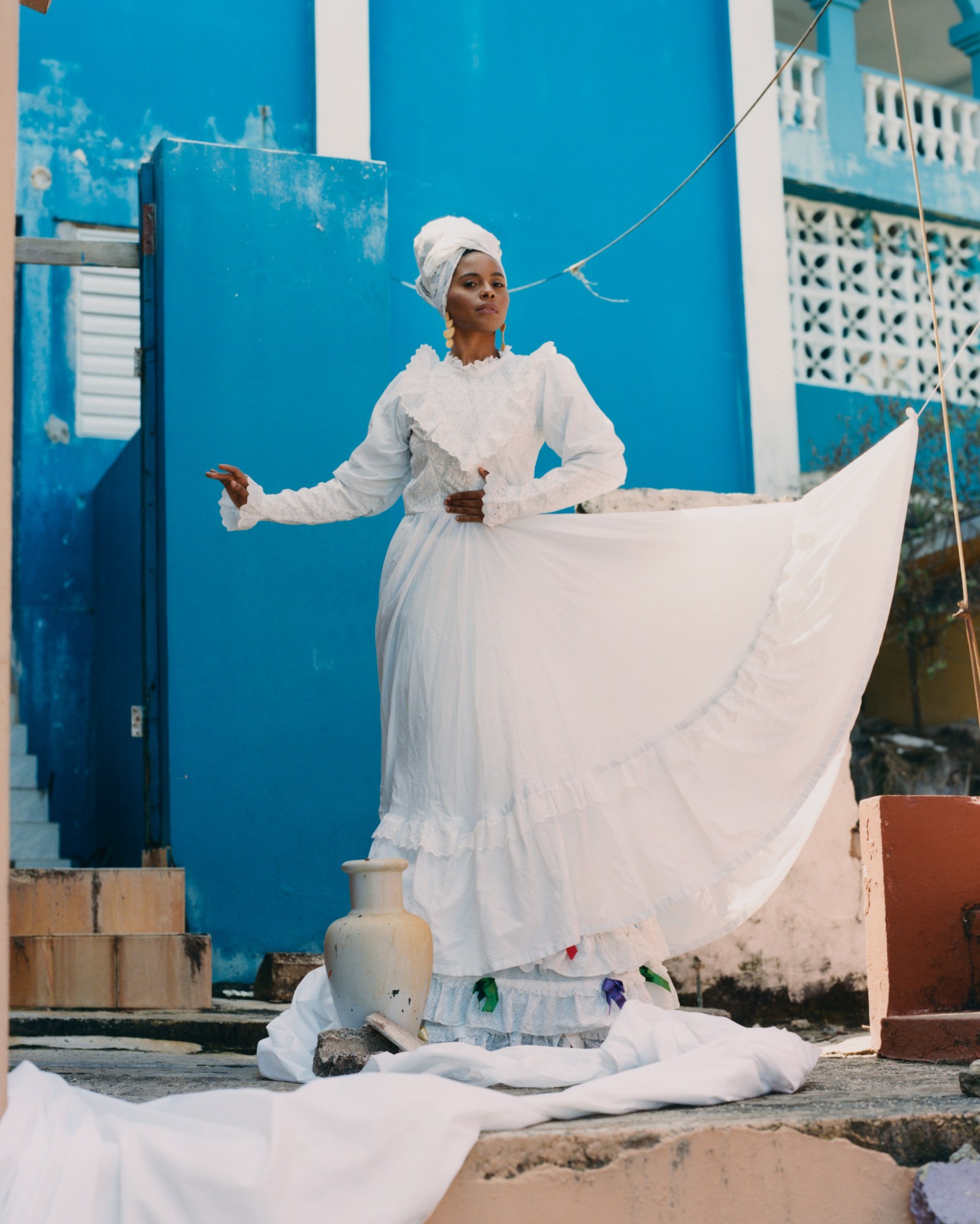
After arriving in New York at age 21, Camila could begin to reclaim that which had been lost, thriving in a community with local Colombians who embraced their shared heritage. Dancing to Colombian music, Camila felt her true self emerge, no longer needing to erase or reshape the way she presented to the world. “I felt at ease, no longer on that constant alert you have when to make sure people don’t notice you’re not from that place. I used to say I was from Spain. Now I love saying I am Colombian, and I love my accent. I have a Colombian partner, and I dance a lot.”
Infused with the spirit of liberation and communion, Camila radiates love — not only in her work but in the way she moves through the world. She is open, considerate and collaborative, intuitively feeling her way to beauty and truth. Perhaps that is what comes when you no longer need to contort yourself to fit into someone else’s worldview.
As a child, Camila remembers travelling with her mother, also an artist, to visit the most important museums in Europe. Shaped by these experiences, Camila began to think about how she could deconstruct and subvert Western aesthetics using the language of art.
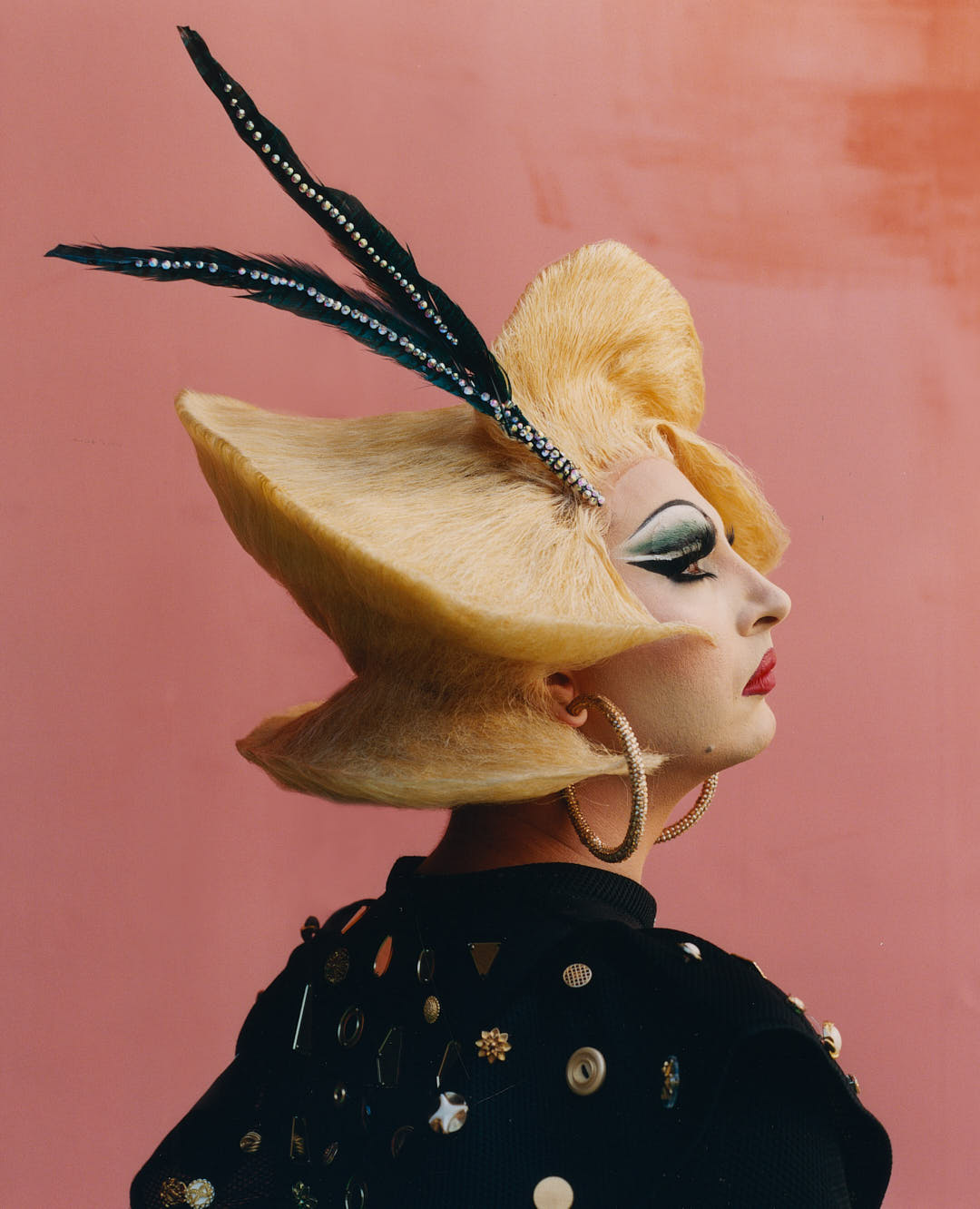
“Being a person who has been placed in different spaces, I try to place people in places of power who haven’t been there before,” she says. “I’ve been in the presence of people who carry themselves with more beauty than I had seen in any museum, and they do it outside the gender binary. I’m not talking about a physical beauty; it’s a spiritual beauty and presence. It makes me think that there is a key to bringing down a bigger system.”
By simply bearing witness to the radiant display of being and refusing to conform to oppressive ideologies, Camila and her sitters are collaborating on a radical act and offering new paradigms for living one’s truth. “I feel so honoured to have their truth because they know these have this power, and it is very dangerous for them to exhibit it with so much pride,” she says. “Exhibiting these photographs comes with an extreme sense of responsibility because I am questioning ways in which I can make this a communal experience while protecting this space.”
Camila’s sense of duty lies in her understanding of her role. Her vision is a mission, a calling rather than a career. Although she is an artist, she does not subjugate her sitters to conform to her vision, but instead adopts the role of collaborator. “I don’t think, ‘This is my gift,’” she explains. “I’m not creating it. I’m just there, and I have the capacity to see it, so that’s what I’m here to do. I work for them.”
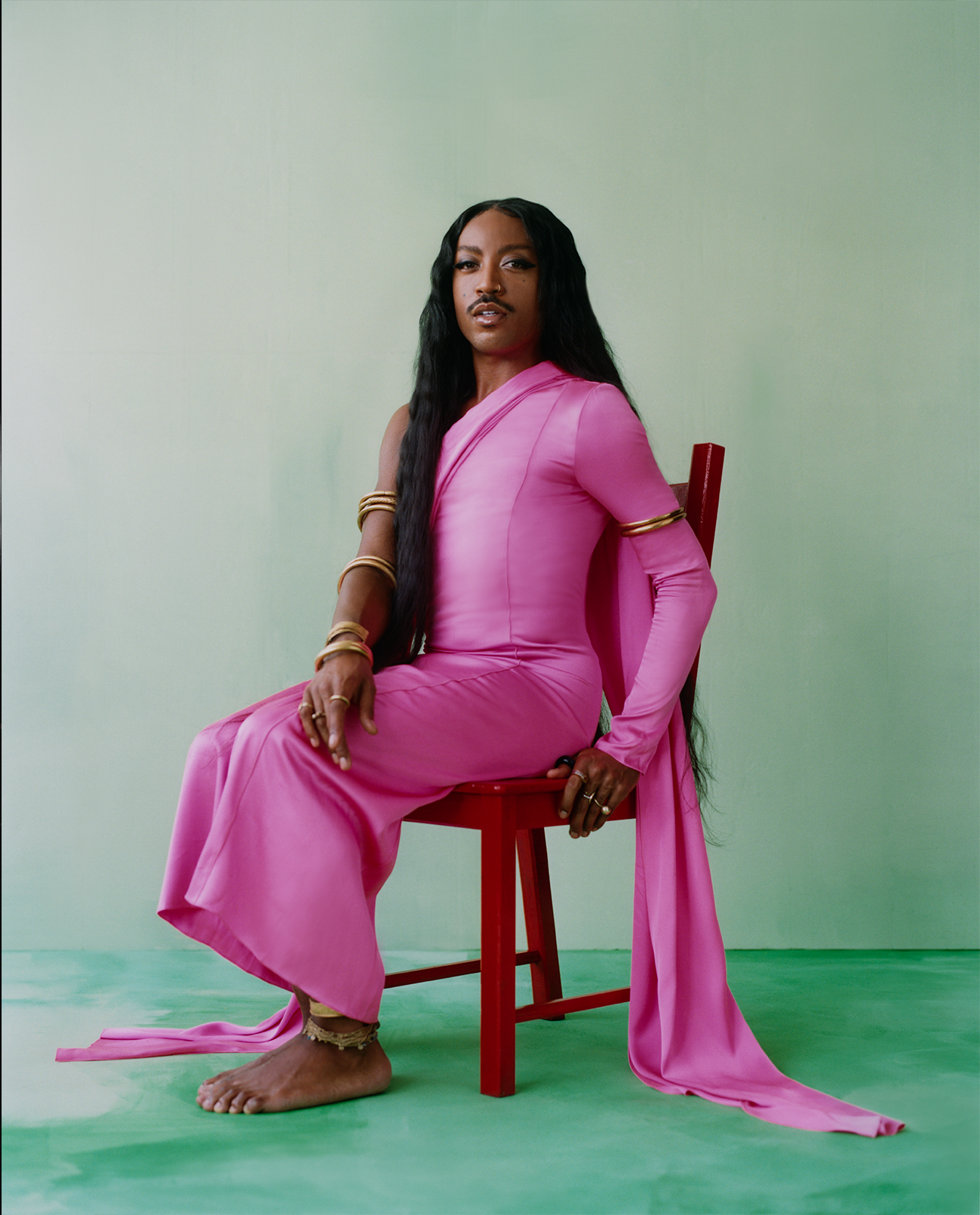
In this way, it’s almost as though Camila’s subjects choose her, and not the other way around. While travelling through La Perla, Puerto Rico, in February 2021, Camila saw Liz Vanette dancing bomba, an ancestral dance of the enslaved. “It’s not even a performance — it’s a drumming circle on the street. The person dancing is the one guiding the drummers. As they move, the music changes.”
Watching Liz dance, Camila felt the call and created a portrait that became the foundation of a relationship that continues today. Camila maintains these connections with the people she photographs. “I have a deep admiration for these incredible humans I photograph and interact with. Even though it was just a tiny second, we share this intimacy. It’s something I can’t explain, but we are in love,” she says.
Indeed, it’s not hard to fall for Camila. Calming yet energising like the sea, her words flow effortlessly, modulated by the lyrical tones of her Colombian accent. When she speaks of activist Qween Jean, her spirit alights. “Qween is one of the most magical human beings I have ever encountered and one of the biggest inspirations in my life.”
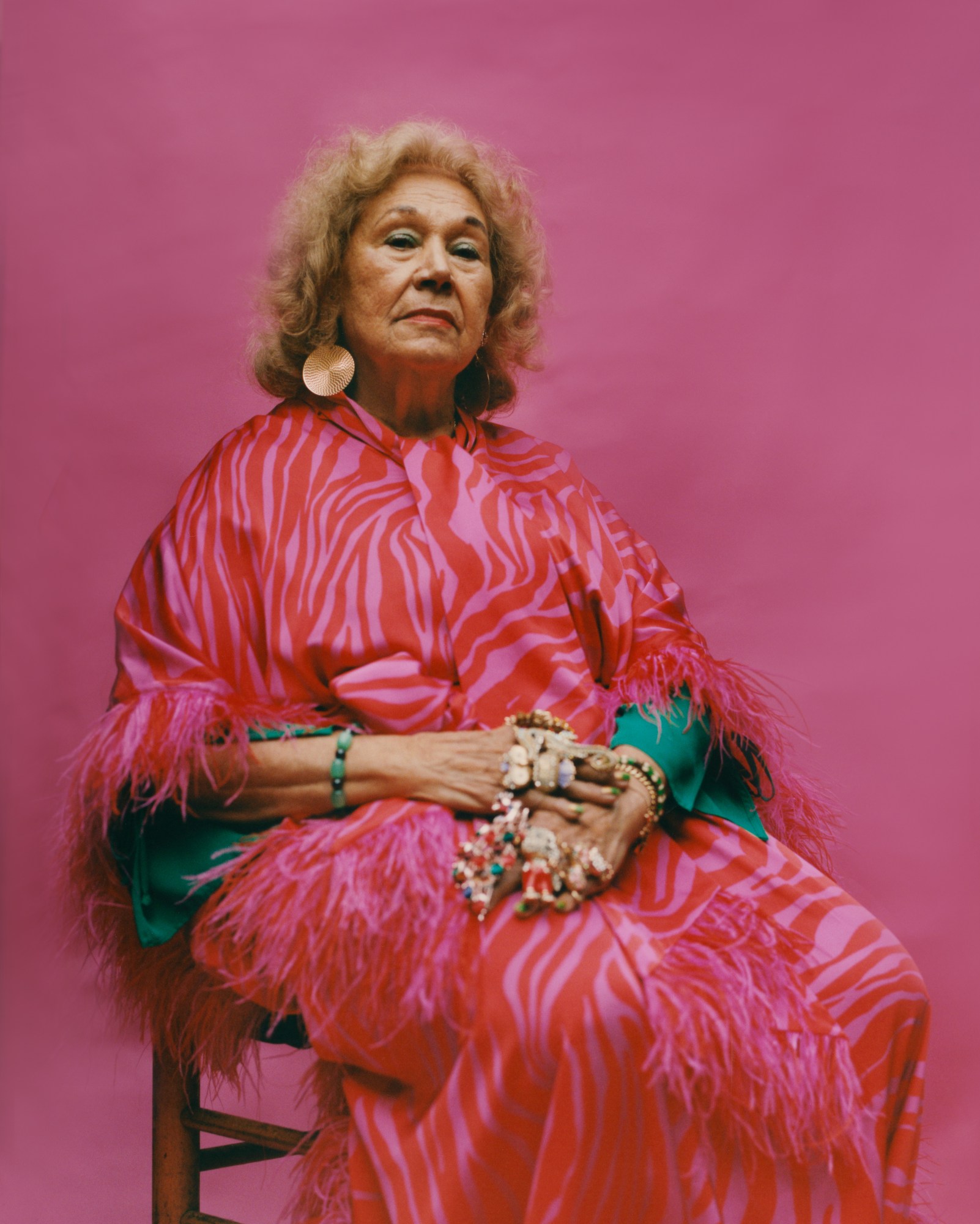
“She has so much wisdom, care and humour. Her vision, sense of community and how she sees herself — she has no doubt about who she is ever. When we speak, I feel I’m in the presence of history. We were talking about how the system wants you to heroicise the individual. Can the system celebrate a community? What happens when you’re the person on the pedestal? You are so vulnerable, and they can kill you any time, but they cannot kill a whole community.”
Tapping into powerful spaces, Camila plants seeds of resistance, offering counter-narratives that challenge the status quo by simply upholding truths they tried to stamp out. “It’s undeniable what we are doing, and it’s not just me. It’s thanks to all these people who agree to say yes to being with me in the journey,” she says. “We are doing it collectively.”
Camila Falquez: Gods That Walk Amongst Us will be on view 2 June–9 July 2022 at Hannah Traore Gallery in New York.
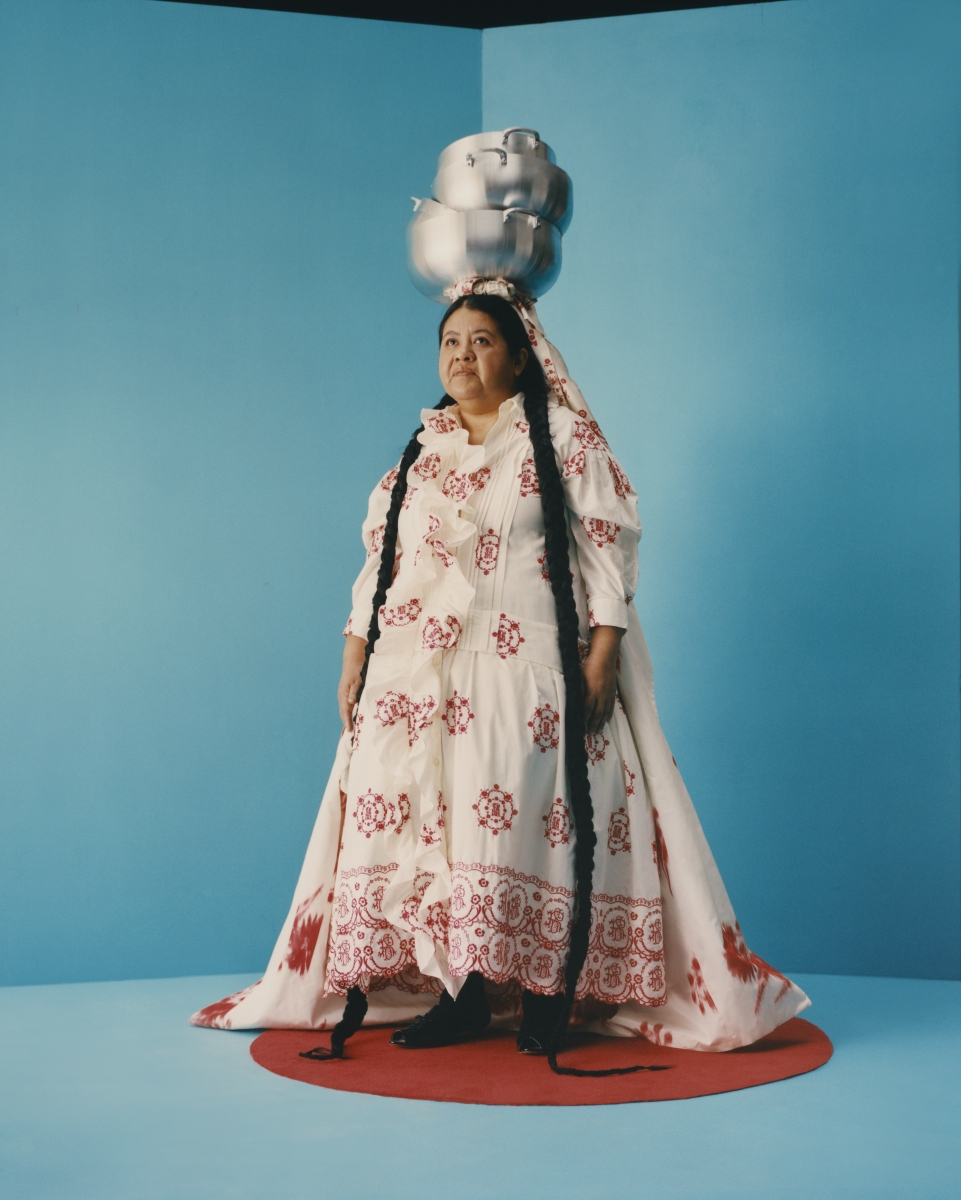
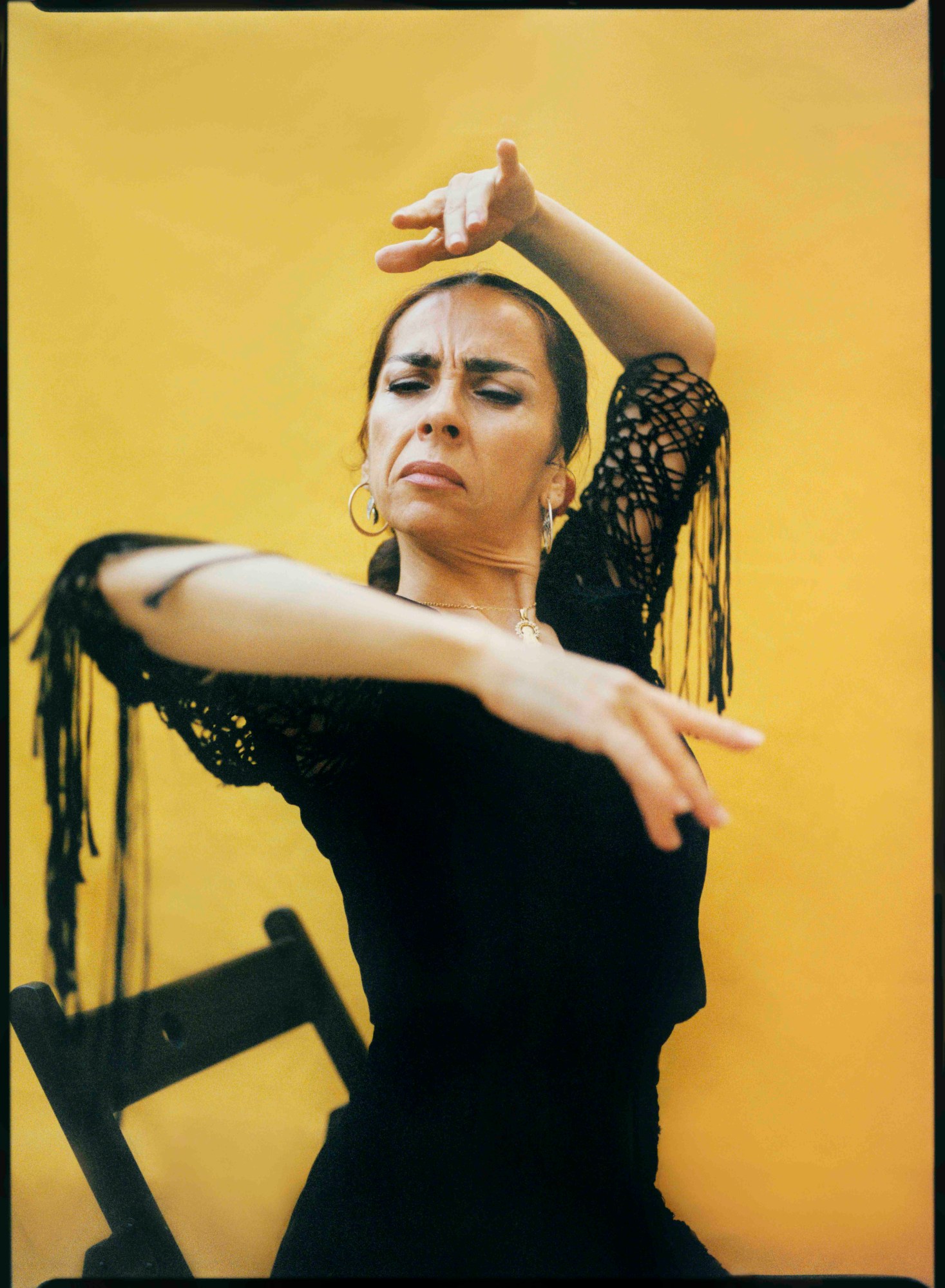
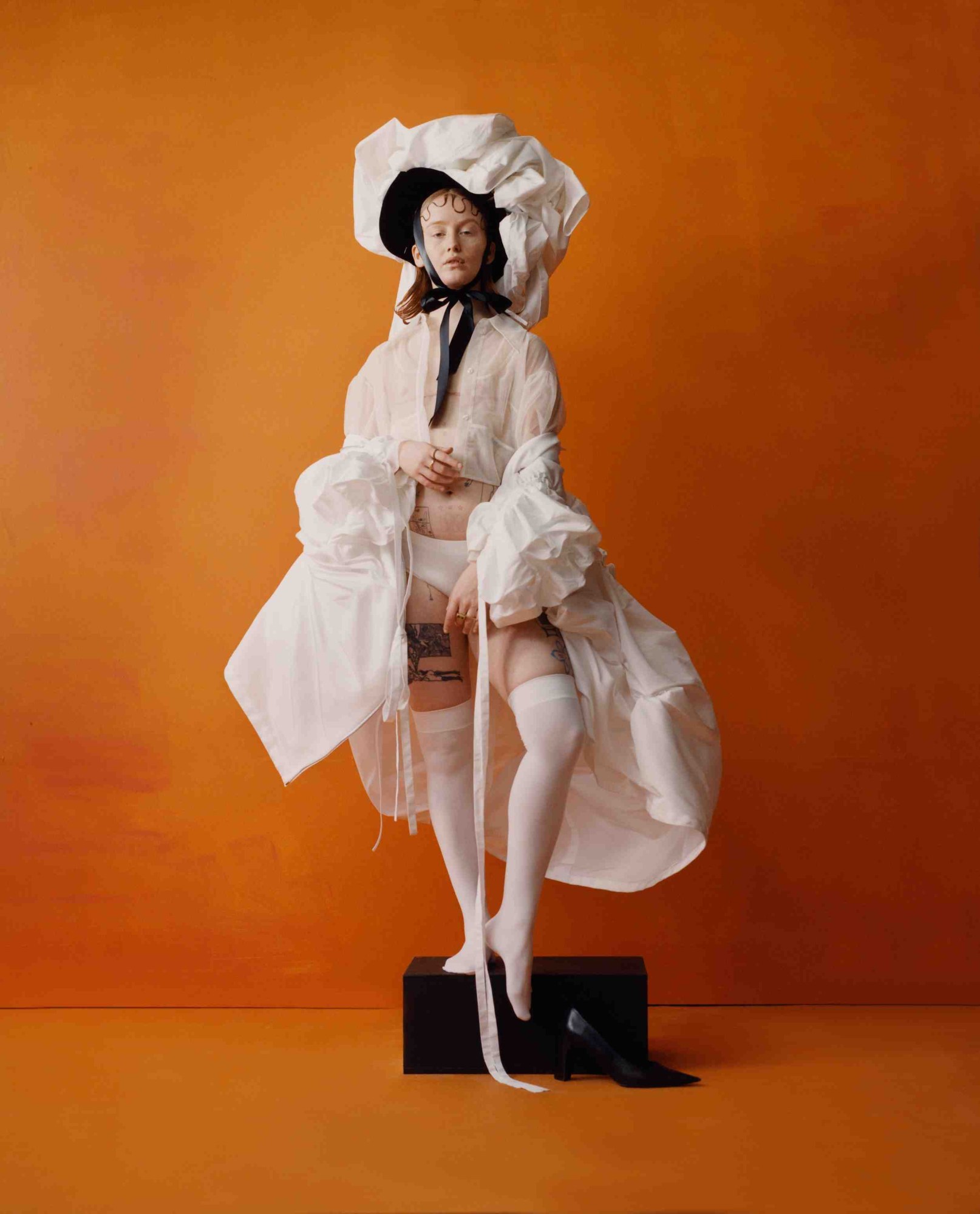
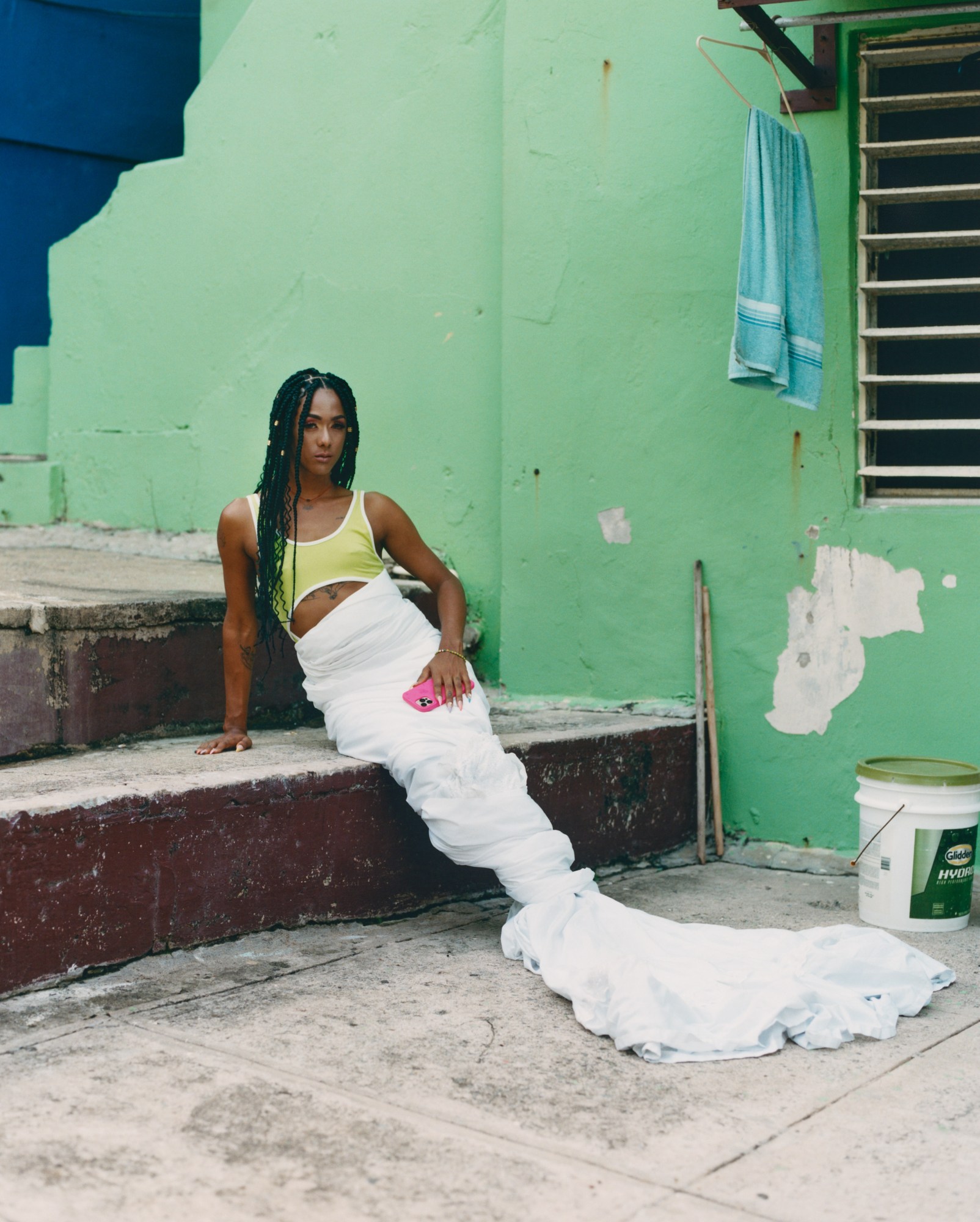
Follow i-D on Instagram and TikTok for more photography.
Credits
Photography Camila Falquez.
